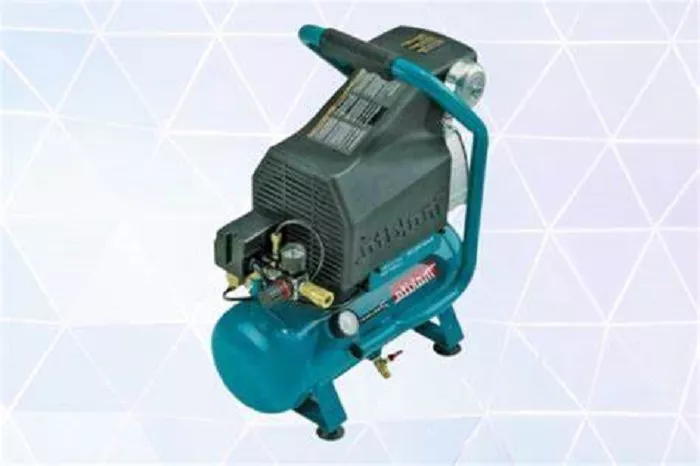Air compressors are essential in industrial, automotive, and manufacturing applications. However, one of the biggest challenges in compressed air systems is moisture accumulation. Water builds up due to condensation, leading to corrosion, reduced efficiency, and potential damage to downstream equipment.
The Need for Auto Drains in Compressed Air Systems
Why Does Moisture Accumulate?
Corrosion: Water reacts with metal tanks and pipes, causing rust.
Reduced Efficiency: Water in air lines increases pressure drop and energy consumption.
Contamination: Moisture can damage pneumatic tools, valves, and end-use equipment.
Microbial Growth: Stagnant water promotes bacteria, affecting air quality in food and medical applications.
Manual vs. Automatic Drains
Manual drains require periodic opening to release water, which is inefficient and prone to human error. Auto drains eliminate this problem by discharging condensate automatically, ensuring consistent performance.
Types of Auto Drains & Their Working Principles
Float-Operated Auto Drain
How It Works
- A float rises with accumulating water.
- Once the water level reaches a set point, the float triggers a valve to open.
- Condensate is discharged until the float drops, closing the valve.
Advantages
- Simple, mechanical operation.
- No electricity required.
- Reliable for moderate condensate loads.
Limitations
- May clog with debris over time.
- Not ideal for high-pressure systems.
Electronic (Solenoid) Auto Drain
How It Works
- Uses a timer or sensor to activate a solenoid valve.
- Opens at preset intervals (e.g., every 30 minutes) or when a certain water level is detected.
- Discharges water for a set duration before closing.
Advantages
- Precise control over discharge cycles.
- Suitable for high-pressure applications.
- Can be integrated with smart control systems.
Limitations
- Requires electrical power.
- More expensive than mechanical options.
Pneumatic Timed Drain
How It Works
- Uses system air pressure to trigger a timed discharge.
- A control knob adjusts the frequency and duration of drainage.
Advantages
- No electricity needed.
- Adjustable for varying condensate levels.
Limitations
Less precise than electronic drains.
Key Components of an Auto Drain System
Drain Valve
- The primary mechanism that opens/closes to release water.
- Can be ball, diaphragm, or poppet-style.
Float Mechanism (for Float Drains)
Detects water levels and activates the valve.
Solenoid Valve (for Electronic Drains)
Electrically operated valve controlled by a timer or sensor.
Control Unit (for Smart Drains)
Programmable logic for optimizing drain cycles.
Installation & Maintenance Best Practices
Installation Guidelines
Location: Install at the lowest point of the receiver tank or drip leg.
Orientation: Ensure proper alignment (vertical/horizontal) as per manufacturer instructions.
Piping: Use appropriate fittings to prevent leaks.
Power Supply (for Electronic Drains): Ensure correct voltage and waterproof connections.
Maintenance Tips
Regular Inspection: Check for leaks, clogs, or stuck floats.
Cleaning: Flush the drain periodically to remove sludge.
Testing: Manually trigger the drain to verify operation.
Replacement: Replace worn-out seals or solenoids as needed.
Conclusion
Auto drains are crucial for maintaining compressed air system efficiency. Whether using a simple float drain or an advanced electronic model, selecting the right type depends on your system’s needs. Proper installation and maintenance ensure long-term reliability.
By understanding how auto drains work, operators can optimize performance, reduce downtime, and extend equipment lifespan. Investing in a high-quality auto drain pays off through improved air quality, energy savings, and reduced maintenance costs.

